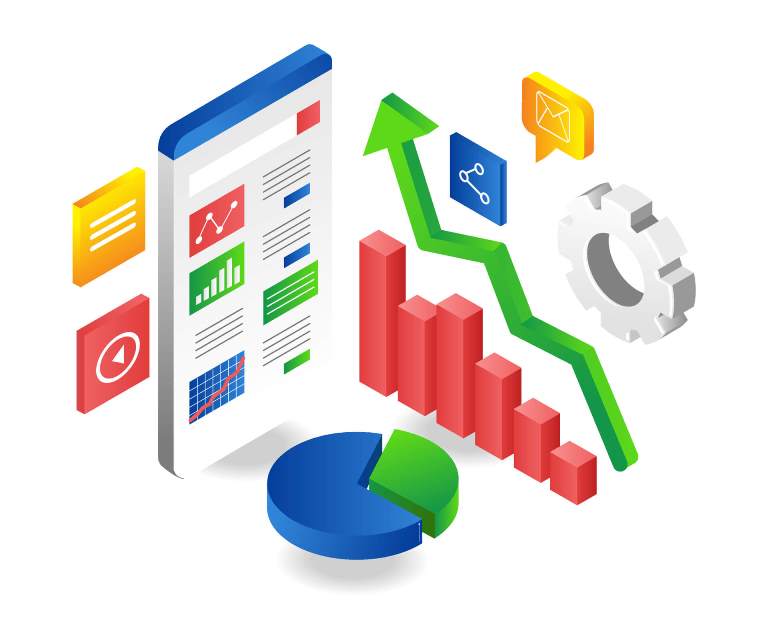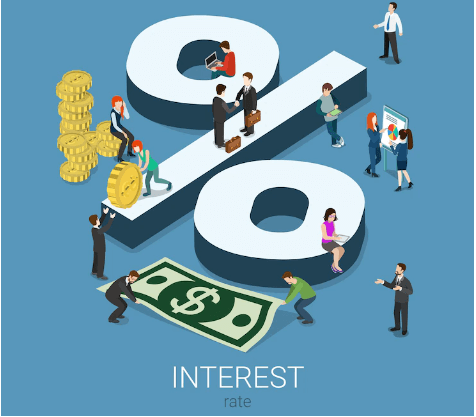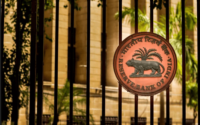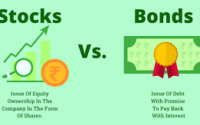Bank rate – A detailed overview
Bank rate! you might have misunderstood the term with the interest rate that the bank offers. Many of you have listened to the term Bank rate but never have taken an interest to learn about that.
No matter if you are a learner who has a fair idea of bank rates, or just a normal person who doesn’t know anything about it or is not willing to learn as well.
But as a responsible citizen of the country and a customer who borrows money from the bank, you need to know about the bank rate and how it is different from the repo rate.
So in this article, we will discuss a detailed overview of the bank rate. So let’s dive into the article to learn more about it.

What is the bank rate?
The bank rate, also termed the discount rate, is the rate of interest on which a central bank charges its advances and loans to other commercial banks. It is generally known by a number of different terms depending on varieties of countries.
So basically it is the rate changed by the central bank for lending funds to the central bank. Thus it influences the lending rates of commercial banks.
Hence higher bank rate will translate to higher lending rates by the bank. The central bank can resort to raising or decreasing the bank rate in order to curb liquidity
Bank rates can be changed over the due of time in different countries as this mechanism is used to manage the rate that has changed.
Whenever the bank has a shortage of money, it can borrow it from the central bank as per the monetary policy of the country. The borrowing of money is generally based on the repo rate at which the central bank lends money to these commercial banks against certain securities.
In opposite, the reverse repo rate is the interest rate at which the commercial banks passes surplus fund to the central bank which is especially done when there is surplus liquidity.
How does the bank rate work?
Generally, Central banks set their own bank rates. In the United States, the bank rate is also termed the discount rate which is one of the tools of the central bank. The Federal Reserve the central bank is used to conduct monetary policy.
A lower bank rate that the central bank charges encourages banks to borrow funds from the Federal Reserve, whereas a higher bank rate makes it more expensive for banks to borrow funds.
The bank is usually set at a higher level than other interest rates like the federal funds rate in which the bank charges the interest rate to one another to borrow money or funds.
The reason for the higher bank rate is that the federal reserve only wants to be a back -up source of funding for commercial banks and other depository institutions. The concept of federal reserve compelled banks to borrow from one another so that they can monitor each other’s financial risks and situations.

Types of bank rate
Many commercial banks borrow money from the central bank to meet their reserve requirements. The central bank generally offers three types of credit to the borrowing banks
- Primary Bank rate
- Secondary Bank rate
- Seasonal bank rate
Banks must show specific documentation ad ort the type if credit extended and need to prove that they have sufficient collateral to secure the loan.
Let’s discuss the three types of bank rates briefly.
Primary credit
Primary credit is the bank rate that is issued to commercial banks that have strong financial positions. There are no restrictions on what the loans are used for, the only requirement for borrowing funds is to confirm the amount required and the terms of loan repayment.
Secondary credit
Those commercial banks that are not qualified for the primary credit, can issue secondary credit. The bank rate is higher in the case of secondary credit ad these instructions are not sound.
In the case of secondary credit, commercial banks impose restrictions on the usage of money and require more documentation before issuing credit.
The loans issued as per the secondary credit are short-term, often it is overnight as the reason for borrowing the funds and a summary of the financial position of the bank is required.
Seasonal credit
Just like the name, the seasonal credit is issued to banks which experience various seasonal shifts in reserves and liquidity. These commercial banks that get the loans on the basis of seasonal credit are required to establish a seasonal qualification with their respective central bank and be able to show that these swings are recurring.
Unlike primary and secondary credit rates, the season rates are based on market rates.
How is the bank rate determined?
The bank rate which needs to be implemented is charged by the central financial authority of the nation. This financial authority controls the money supply in the economy along with the banking sector.
The bank rate is determined quarterly to stabilize inflation and control the exchange rates of the country.
When the bank rate changes it generally triggers a domino effect that influences the country’s economy. For example prices in the stock market change due to fluctuations in the bank rate changes.
Changes in bank rate also affect customers as it affects the rate at which they issue personal loans.
What is the bank rate in India?
Just like various central banks in other countries, India has a central bank named the Reserve Bank of India, RBI which determines the bank rate in India.
The bank rate in India changes from time to time but there is no set schedule for it. The rates at which the repo rate changes are changed depend entirely on the economy.
The current bank rate in India is 5.15%.

Examples of bank rate
A bank rate is the amount of interest rate that the central bank of a nation charges to the domestic commercial banks to borrow funds.
The central bank constantly changes its bank rate for the expansion or constriction of the money supply of the nation in response to changes in the economy.
In the United States of America, the bank rate has remained unchanged since 15 March 2020. It has remained 0.25% till then. In response to the global financial crisis, the central bank has lowered the rate by 100 points.
The main goal of the central bank is to stabilize the prices, encourage the use of credit among businesses and households and prevent the rise in unemployment.
Among all the nations of the world, Switzerland has the lowest bank rate which is -0. 750% and Turkey has the highest bank rate at 19%.
Difference between repo rate and bank rate
Bank rate and repo rate are the two interrelated terms that are used to calculate borrowing and lending activities that are carried out by central or commercial banks. Both are the rate of interest at which the central bank lends money to the commercial banks.
While both of these are short-term tools that are used to control the short-term cash flow they often get mistaken by people as the same thing. People really get confused about both things as one and the same thing. So let’s find out the key differences between the bank rate and repo rate.
The bank rate is the interest that is charged by the central bank against the loans offered, whereas the repo rate is the rate of interest that is charged against repurchasing the securities sold by the commercial bank to the central bank.
Thus no collateral is involved in the case of bank rate but securities, bonds, and collateral is involved in the case of repo rate.
Besides, the bank rate is always higher than the repo rate.
An increase in bank rate may affect the customers as it restricts the available loans and damages the whole economic growth, but an increase in the repo rate has no impact on customers.
Bottom line
Bank rate! The interest rate is in the hands of the central bank. The rate will decide the future of many commercial banks as well as the customers associated with them.
As you read this article, you might have a fair idea of the bank rate and how it works.
So as a customer, you will be now aware of this financial economic tool by now and relate it to you.
*image source from Google
Check More News on World Economy:



